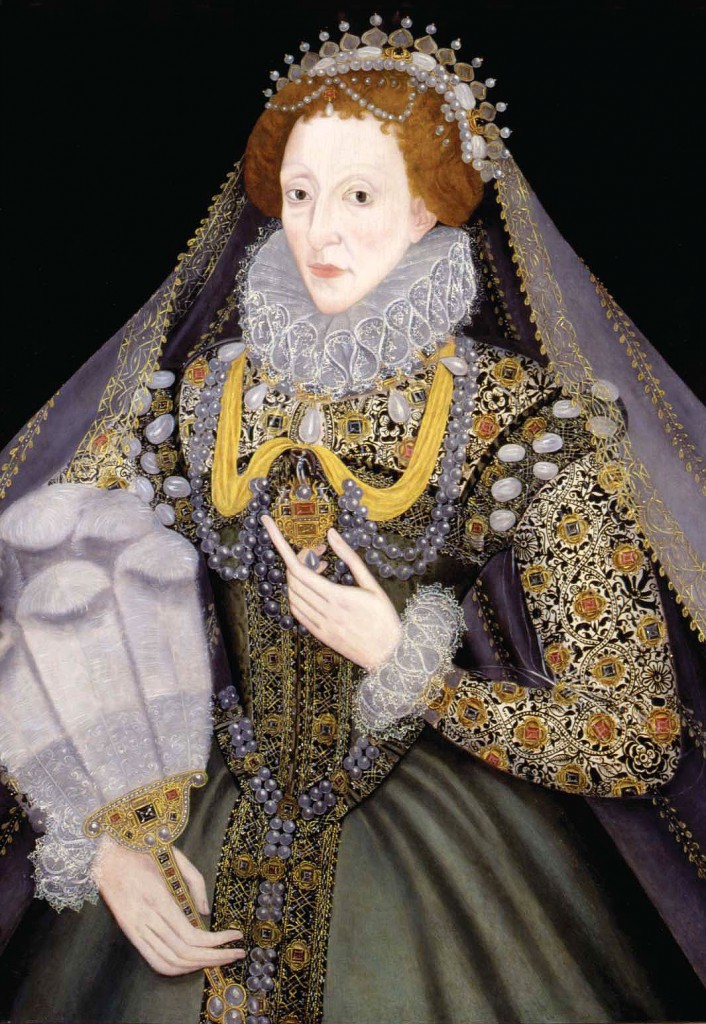
Copyright contracts and earnings of visual creators: A survey of 5,800 British designers, fine artists, illustrators and photographers
Martin Kretschmer and Sukhpreet Singh
Centre for Intellectual Property Policy & Management (CIPPM)
Bournemouth University
Lionel Bently and Elena Cooper
Centre for Intellectual Property & Information Law (CIPIL)
University of Cambridge
Study commissioned by DACS, the UK collecting society for visual creators – 2011.
This study builds on a methodology developed for a widely cited report for the UK Authors’ Licensing & Collecting Society (ALCS) in 2007, covering literary and audio-visual writers.
The full version of the report can be downloaded from this link [pdf 1.99mb].
Executive Summary
- It is widely asserted that the environment in which artists work is changing, rapidly and radically. In common with other creators, they are increasingly perceived as the first source of content within a digitised global communication infrastructure.
- While the intrinsic human needs of expression may persist, the modes of expression and the boundaries between the arts are blurring. At the same time, artists are becoming part of the creative class, the labour force of the new digital economy.
- This study offers a detailed picture of the conditions under which visual creators worked in the UK in 2010, using an established survey methodology, supplemented by focus group research and legal analysis.
- In particular, the study focuses on sources and distribution of earnings from copyright and non-copyright sources (using the creator’s household as a key unit of analysis), on sources and distribution of earnings by genre and media (including digital formats), and on contractual practices relating to copyright (such as taking legal advice, negotiating terms, assigning rights and being credited).
- The study also attempts to capture trends over time, specifically those associated with the information revolution, i.e. the arrival of the Word Wide Web (the first mass market browser was released in 1994). For this purpose, a number of questions were asked within the survey about perceived changes in working conditions. A specific sub-sample of visual creators was created who had worked in best selling media in certain weeks in 1994, 1999, 2004 and 2009.
- Visual creators for the purposes of this survey are those who are categorised as authors of artistic works under copyright law, and who are commercially exploited in secondary markets (and therefore a recipient of payments from the collecting society DACS, the Design and Artists’ Copyright Society). The major groups are photographers, fine artists, illustrators and designers.
- The research was conducted to independent social science standards without any prejudice to results. DACS generously sponsored the research and gave access to anonymised distribution data (enabling the researchers to validate their methodology).
Earnings Analysis
- Visual artists have precarious careers, with typical earnings well below the UK national median wage of £21,320. In 2009/10, the typical photographer earned £15,000 (median), the typical illustrator earned £15,723 (median) while the typical fine artist earned only £10,000 (median).
- An important characteristic is the risky nature of working lives in cultural occupations. The distribution of income is highly unequal. Despite low mean and median earnings, the rewards can be high. The top 7% of visual creators earn about 40% of total income (they earn at least £50,000, with £120,000 per annum being the norm) while the remaining 93 per cent earn 60% of the total income, giving a Gini Coefficient of 0.59, compared to a Gini Coefficient of 0.36 for the UK working population.
- Careers typically are sustained by a portfolio of other activities. Close to half of visual creators (44%) earn all their income from visual creation. 35% had a formal second job.
- Households (including partner’s income) seem to function as a risk pool. A typical visual creator contributes £20,000 (65%) (from self employed artistic as well as other income) to a household income of £34,000 (median). Visual creators who earn more than half their income as artists (main income artist sample) contribute £25,000 (71%) (from self employed artistic as well as other income) to a household income of £35,000 (median).
- Visual creators, however, are not of the same sort. The median income of designers (£23,000) is higher than that of the general working population in general, yet still low compared to similarly qualified professionals. Credited photographers, illustrators and cartoonists publishing in national media (magazines and newspapers) earn a median of £27,000, while visual artists publishing in local newspapers earn a median of only £6,396. Fine artists distributed through galleries typically earn £12,000 (median). The average household income of photographers is £77,244 (mean), indicating the presence of some very high earners in these households.
- In employed occupations, earnings typically peak just before retirement. For visual creators (who are mostly self-employed) the earnings peak happens disturbingly early: in the 35-44 year age bracket. Photographers, illustrators and cartoonists credited in national media, as well as designers are able to sustain their income to a higher age.
- The results of the survey are in line with the findings of earlier studies of the creative sector: the labour market shows a pattern of low median earnings and high earnings inequality. Reasons identified in the academic literature include winner-take-all demand dynamics in cultural industries, over-supply of creators, and lack of bargaining power (low levels of unionisation, absence of legal advice).
Changing Contractual Practice
- The survey also examines whether the terms under which artists work are getting worse. There is a common perception that digitisation has prompted changes in creative labour markets. In particular, it is widely assumed that exploiters insist on “grabbing rights” (i.e. broadly conceived assignments of rights), that visual artists are not able to negotiate, that they are paid less and less, and that they are compelled to waive their moral rights.
- This study suggests a much more equivocal picture. In place of a straightforward narrative of decline, the results of the survey suggest that in most fields there has been less change over the last decade than one might have expected: that, terms of exploitation are most often about the same. Thus, 71% of the sample say that attribution practices have stayed the same; 61% that assignment practices are the same; 76% that the percentage of moral rights waivers is about the same (at 17% of the visual creators surveyed have waived moral rights).
- That is not to say that there are no discernible changes in particular occupations and media. Respondents and interviewees identify some important shifts. Perhaps surprisingly, it seems there are changes in practice that are, from the creators’ perspective, both positive and negative.
- The most positive change is identified amongst the fine artists. Fine artists report a slight decrease in assignments and an increase in authorial attribution (9% see an increase, 8% a decrease). There is no real change perceived as to the use of moral rights waivers (7% seeing an increase and 8% a decrease). Half (50%) see their personal bargaining position as having improved, with only 6% perceiving a weakening.
- The story with designers is also quite positive. 41% of designers report that their individual bargaining position has improved over the decade, with 18% finding their position is worse. 26% say that attribution of their works has increased, while 13% say that it has decreased. 23% say moral rights waivers have decreased, whereas 8% perceive an increase. On the down side, 31% say assignments have increased, compared to 15% who think they have decreased.
- Illustrators occupy a middle position. 51% say their bargaining position has improved over the decade, whereas 23% see themselves as in a weaker position. 16% think attribution has increased, compared with 8% who perceive a fall in the practice of giving authorial credit. 27% say income from secondary use has increased, while only 14% say it has decreased. Nevertheless, 23% say moral rights waivers have increased, with only 6% saying they have decreased. Furthermore, the practice of taking an assignment is said by 37% to have increased, with only 5% seeing a decrease.
- The most disturbing changes are in relation to photographers. About half of all photographers (49%) say their bargaining position has worsened, with only 22% reporting improvements. A significant percentage of photographers (40%) report an increase in assignments (compared with 6% who think they have decreased). Moreover, 24% report an increase in moral rights waivers (compared to 3% who identify a decrease), and a decline in the practice of attribution. 31% of photographers see attribution as decreasing over the last decade, and only 8% increasing. 28% say income from secondary use has decreased, while only 16% say it has decreased.
- These shifts are not easy to explain. Our interviews revealed a large number of factors that might explain the changes in relation to photography. The three that stand out are: the competition/price pressure posed by the widespread availability of amateur photography via the Internet; second the growth in the use of picture libraries; and third the economic pressures on the newspaper and magazine trades.
- The Internet has become the main channel of exploitation for 18% of the visual artists surveyed, and the second most important medium overall (after specialist magazines).





